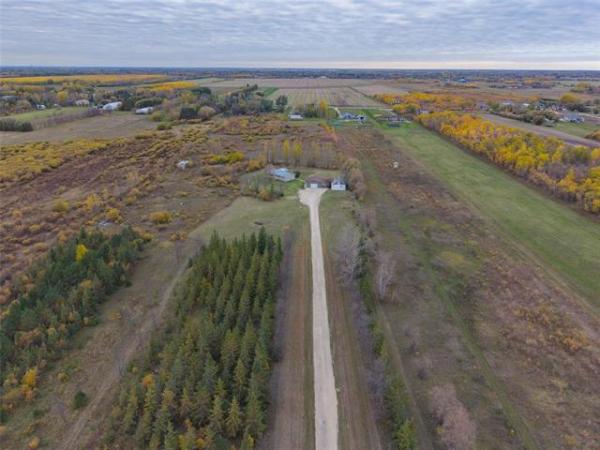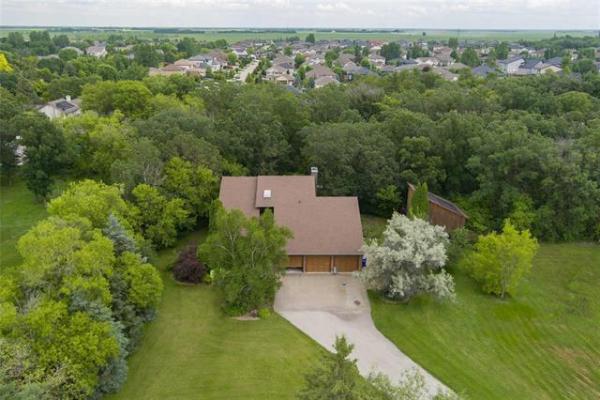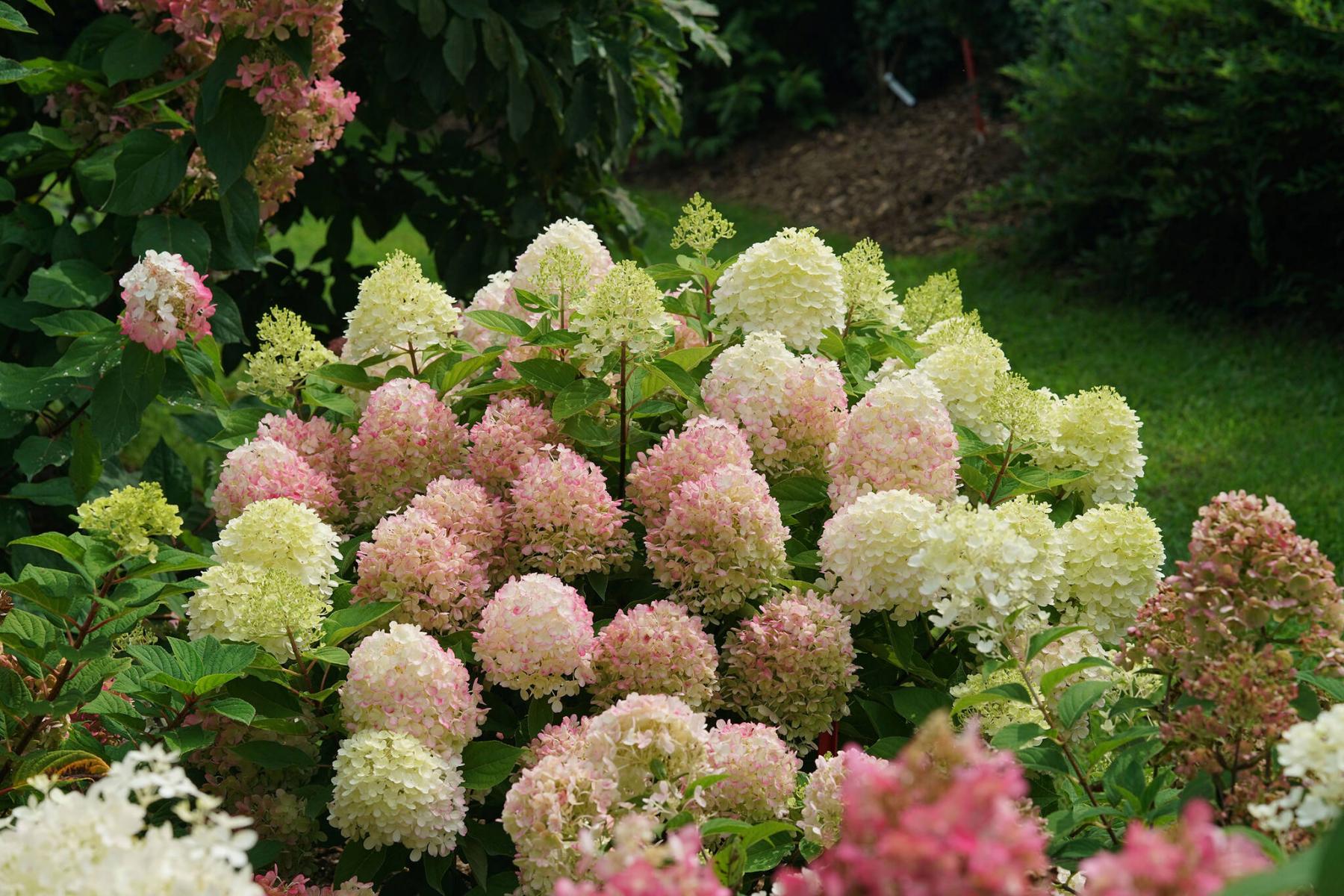
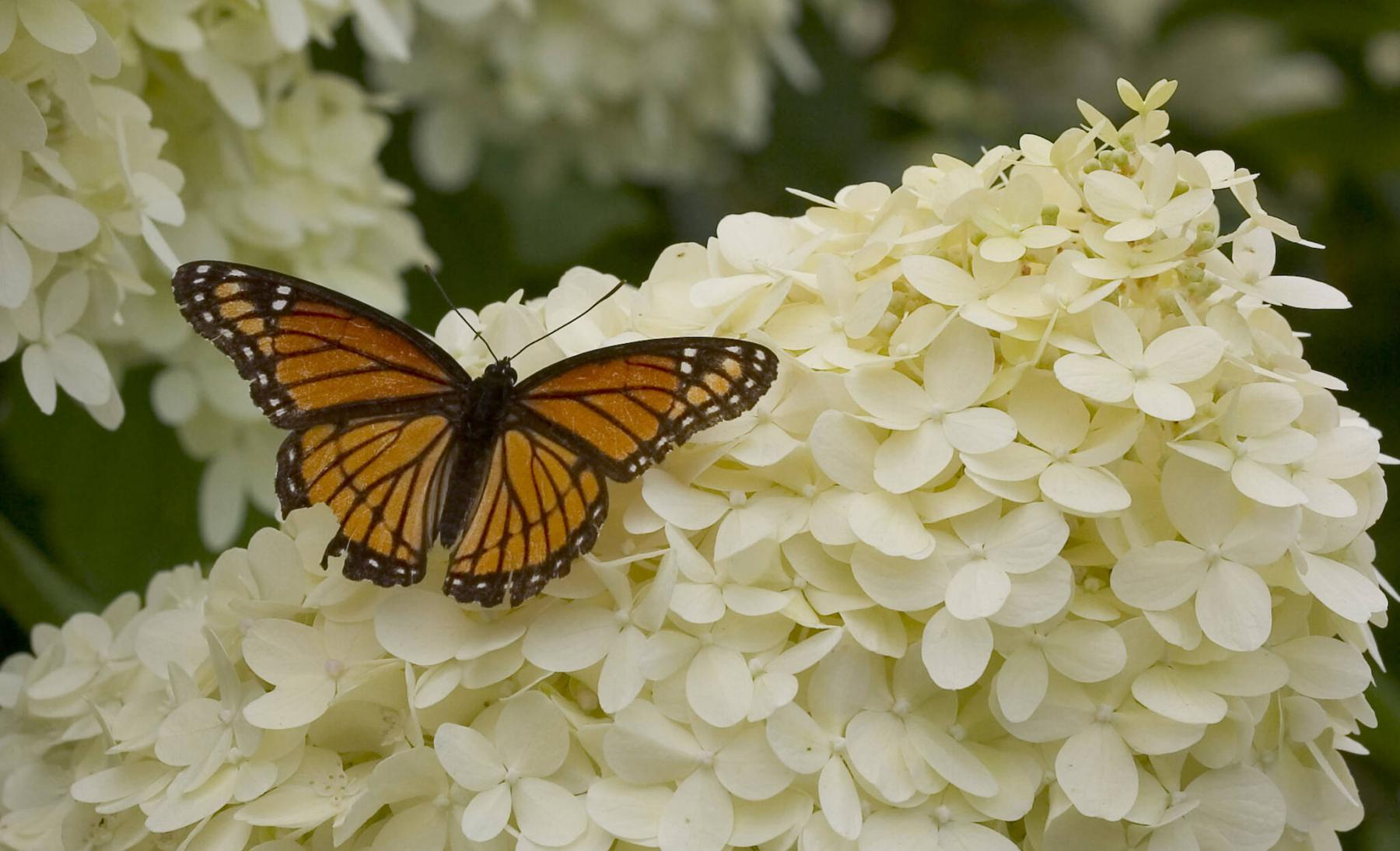
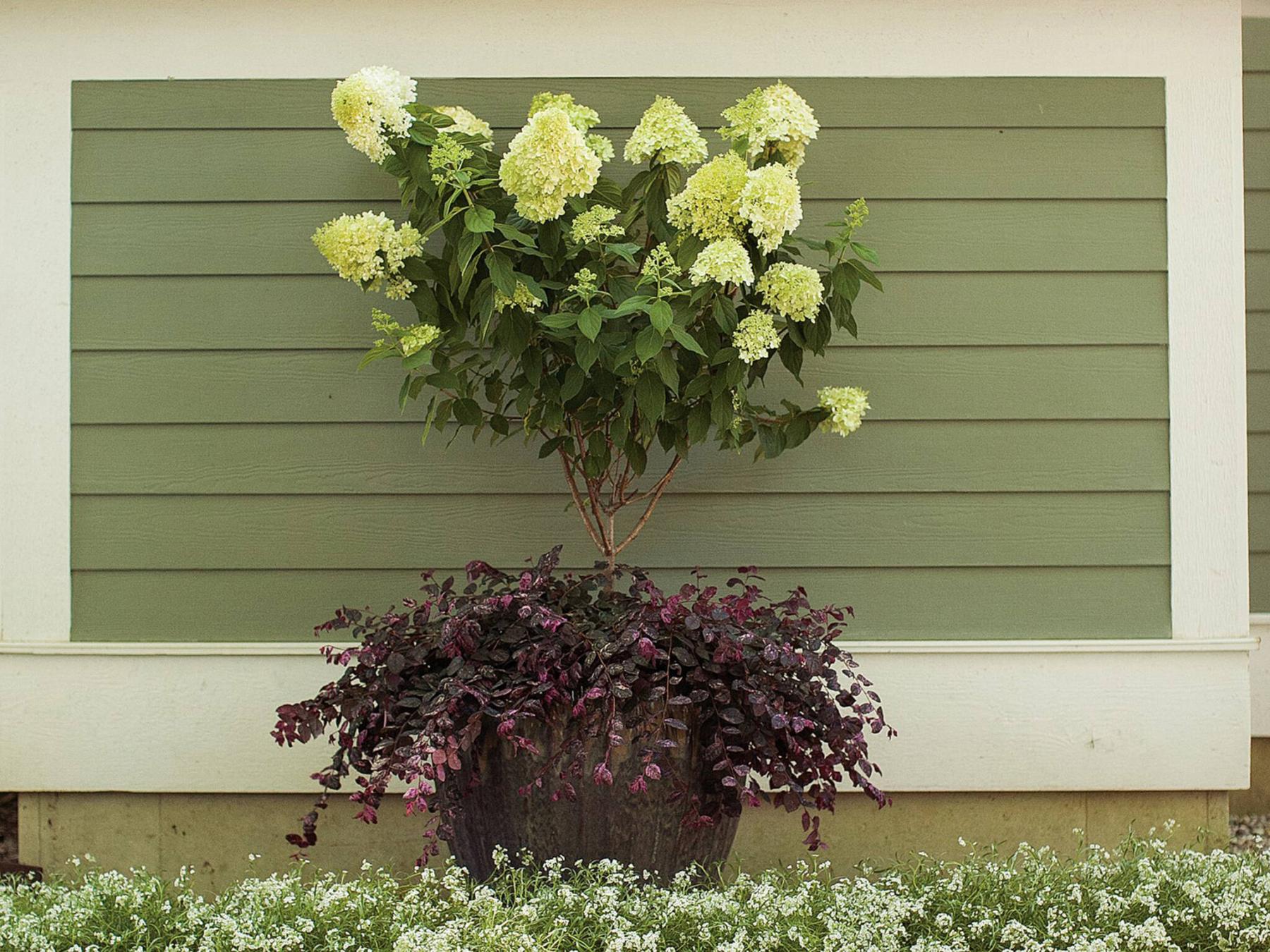
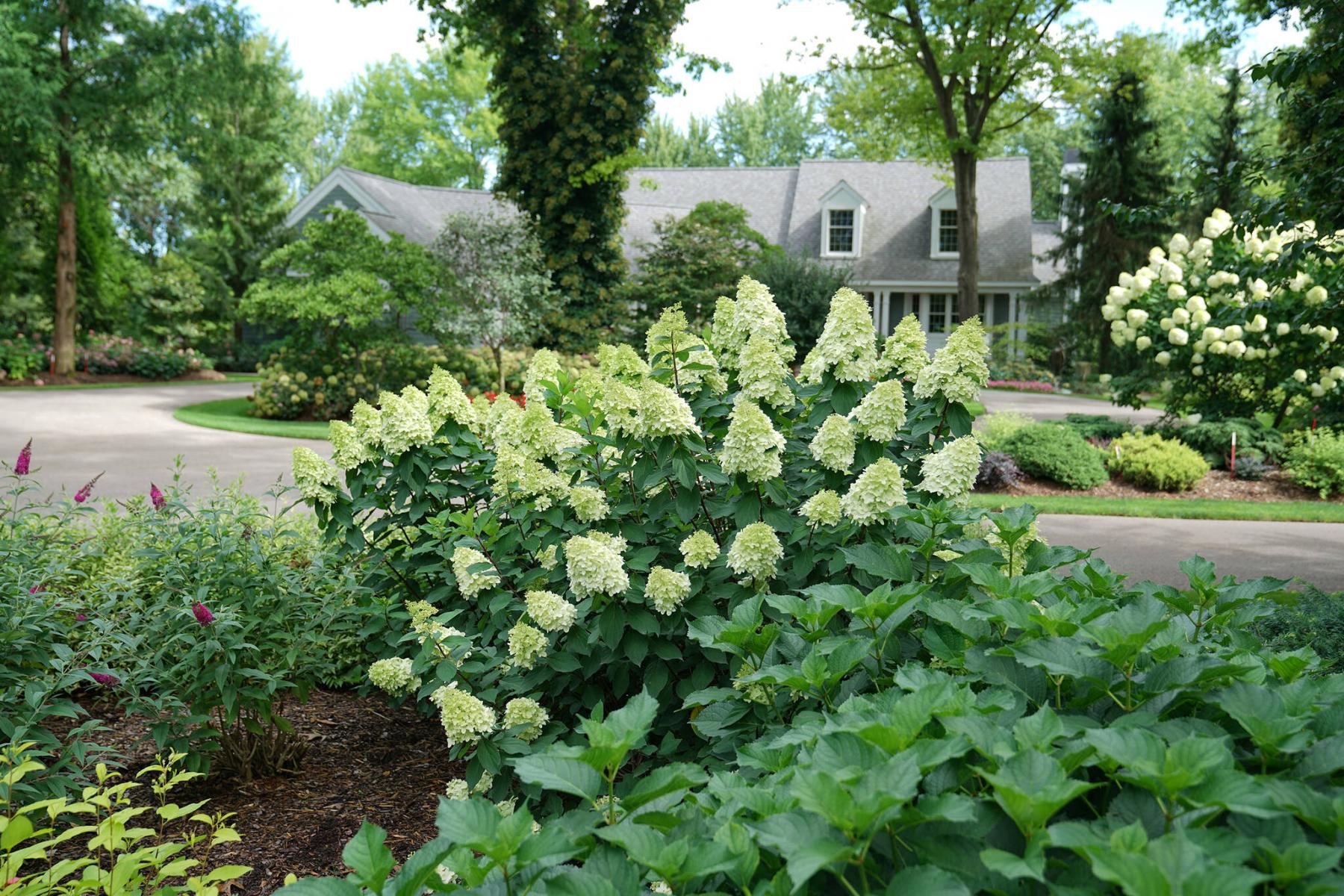
With its long-lasting flower display, the hydrangea outshines pretty much any other hardy flowering shrub in the northern garden. It is about to get better — not only because of new and improved hydrangea introductions coming to garden centres sometime in 2022 but also because there is greater potential to grow hydrangeas at the peak of their performance thanks to plantsmen like Tim Wood.
A horticulturist and plant hunter, Wood is a prolific plant breeder who has bred over 100 plants. As the product development and marketing manager for Proven Winners ColorChoice, Wood travels the world in search of new plants. Extensive plant trialing, careful observation, as well as paying close attention to what gardeners want and the growing issues they experience combine to assist Wood in the development and introduction of new hydrangea shrubs.
To learn more about three, exciting new Hydrangea paniculata selections – Limelight Prime, Fire Light Tidbit, and Quick Fire Fab I recently talked to Wood by phone from his office in Grand Haven, Michigan. The conversation was enlightening not only in terms of the improved characteristics that new hydrangea cultivars have to offer but also insight into how to grow Hydrangea paniculata shrubs more successfully.
It is hard to find a better landscape plant than Hydrangea paniculata, said Wood. “It’s hardy, it’s adaptable to different soil types, it can take high pH, low pH, it can take clay, it can take sand, it can take loam. It can take just about any conditions. Panicle hydrangeas don’t tend to have a lot of disease or insect issues and so they’re just very easy to grow.” But twenty to twenty-five years ago, the panicle hydrangea wasn’t perceived so favourably, said Wood. “Back then we only had PeeGee (panicle) hydrangea. And so much breeding has been done in the last couple of decades, the panicle hydrangea has been changed completely. The qualities of the plant are so much better: the flowers are better, the stems hold up the blooms better. There’s just been a continual progression of improvement and breeding.”
That said, feedback from growers as well as gardening forums showed that people were experiencing issues with Hydrangea paniculata Limelight holding its blooms up. New Limelight Prime has stronger stems that eliminate bloom flopping. Wood said that it is also a more attractive plant. “Limelight Prime has dark, forest green foliage – it’s as dark a green as you will find on a Hydrangea paniculata. The thing we noticed with Limelight is that it has a propensity to get chlorotic (yellowing) in the foliage.”
In addition to darker, healthier-looking foliage, Limelight Prime also offers more predictable flower colour. “Limelight Prime has improved late season coloration of the blooms and goes to a very pleasing pink, so it has a combination of things that are improvements upon Limelight but still has that unique green colour and full bloom,” said Wood. The blooms emerge a vivid lime green and maintain that colour longer, then transition into a bubble-gum pink and finish a rich, punch pink in autumn. Limelight Prime also offers a more compact growth habit and is about three-quarters the size of Limelight so it is more manageable in the home landscape.
The new Quick Fire Fab panicle hydrangea is essentially the same size as Quick Fire (about 72 inches tall at maturity), but oh, get ready to raise your expectations. Gardeners appreciate Quick Fire for its lacy, pure white flowers that start appearing in early July. Quick Fire Fab has large, upright, football-shaped blooms that start out coconut-lime in colour. Watermelon hues then appear at the base of the bloom and darken as they work their way up towards a contrasting lime-green tip. Not only does the plant hold its blooms better but the trusses of showy blooms offer more coverage from top to bottom.
New Fire Light Tidbit panicle hydrangea is ultra compact (about two feet tall at maturity) which makes it perfect for the front of the border. The late-season blooms emerge lime green, then transition first to white and then dark pink. The green foliage turns to orange-red in autumn.
“Getting hydrangea plants down in size – like a Little Lime or a Bobo – makes these plants much more usable,” said Wood. “You can plant them in front of your house and they’re not going to cover up the windows. And you can use them in different ways: use them like you would perennials and plant three to five of them in a drift.” Treat smaller, more compact hydrangeas like a perennial that flowers longer, lives longer, and doesn’t spread around your yard or need to be staked, said Wood. “When we take a hydrangea shrub and shrink it down in size, it’s like a low-maintenance perennial. You have a longer season of interest, they fit into your landscape, but they’re low maintenance shrubs. That’s been a long term breeding trend over the last 10 years.”
There is strong demand, said Wood, for hydrangea tree forms. Fast-growing Limelight panicle hydrangea makes an excellent small tree. In the U.S., a hydrangea tree form is typically trained from a shrub. In Canada, Limelight may also be sold as a top-graft (grafted onto a standard).
Paniculata hydrangeas grow best in full sun, said Wood. “We grow all of our stock plants in full sun and we do all our evaluations and selection in full sun.” Will panicle hydrangeas take partial shade? Yes. Are they happiest in partial shade? “No,” said Wood. “Panicle hydrangeas love sun, they flower better, they’re stronger stemmed — unless you live in the deep south where you have so much heat and you get scorching on plants.”
To really judge the quality of a panicle hydrangea and how well it holds up the blooms, said Wood, you have to give hydrangeas about three years to mature. “As the plant ages – and if you don’t prune it hard – it gets better. A younger plant obviously doesn’t have a lot of wood on it. I think we have a tendency to often prune hydrangeas too hard and then we complain that they don’t hold the blooms up well.” When you cut a paniculata back, said Wood, basically you’re going to end up having fewer but larger flowers as well as young wood that’s not really been hardened off and therefore a tendency for the stems to be floppy because the blooms are going to be much larger. It’s great advice.
Interestingly, Wood also said that it has been his observation that if early blooming varieties such as Quick Fire are not producing blooms or produce fewer blooms, it may be because they have been pruned too hard. “My suggestion is that trimming early blooming varieties in the fall is better than trimming them in the spring so that there’s some time for the flower buds to form in late summer.”
What about the hydrangea as a pollinator-friendly plant? Wood says it is a misnomer to think that panicle hydrangeas don’t attract pollinators. Take time to observe and you will see that many insects including bees, butterflies, and other pollinators are attracted to the hydrangea’s nectar and pollen rich fertile florets.
colleenizacharias@gmail.com


